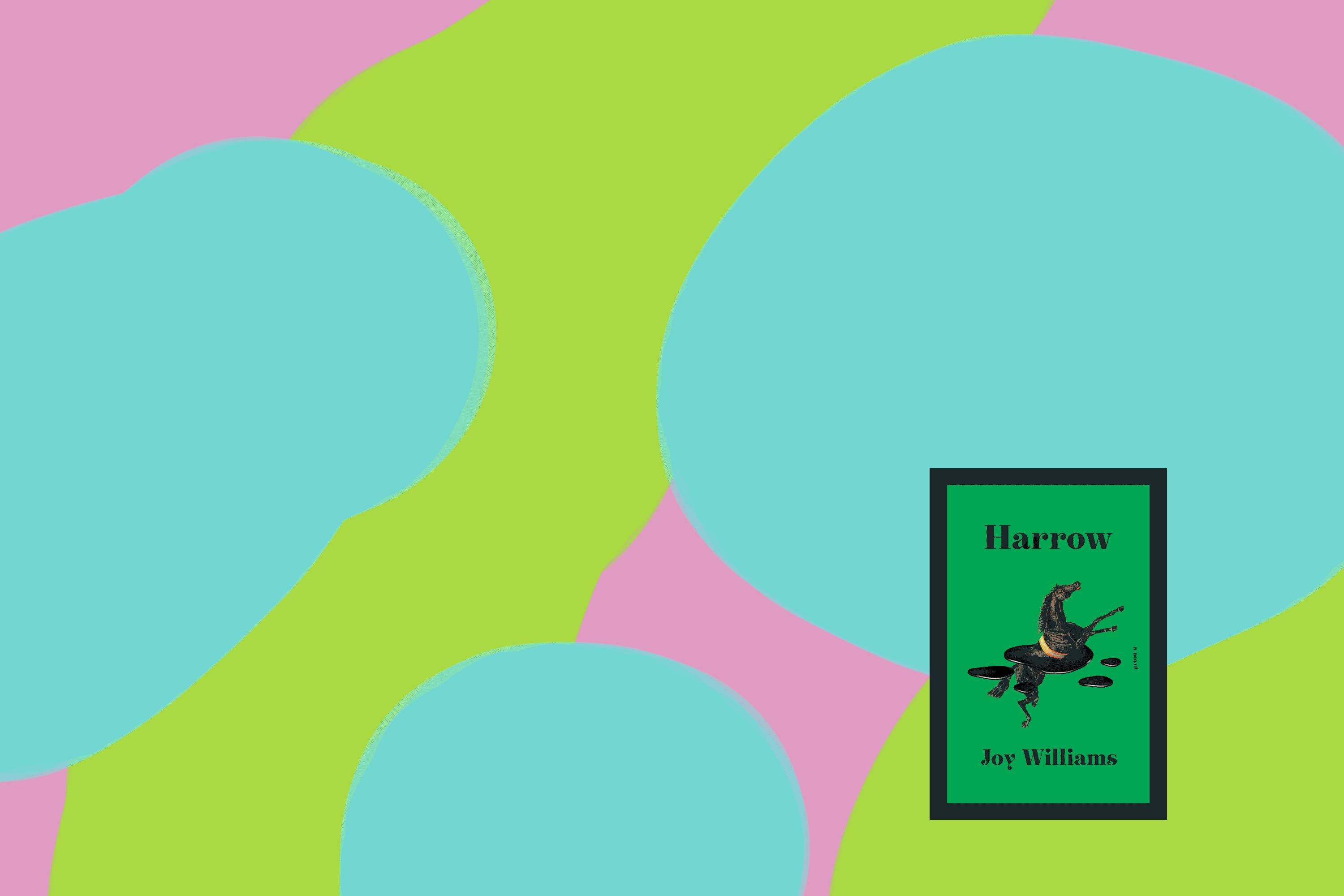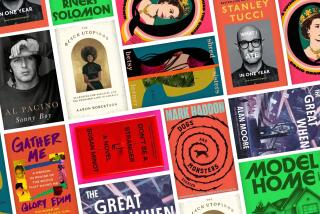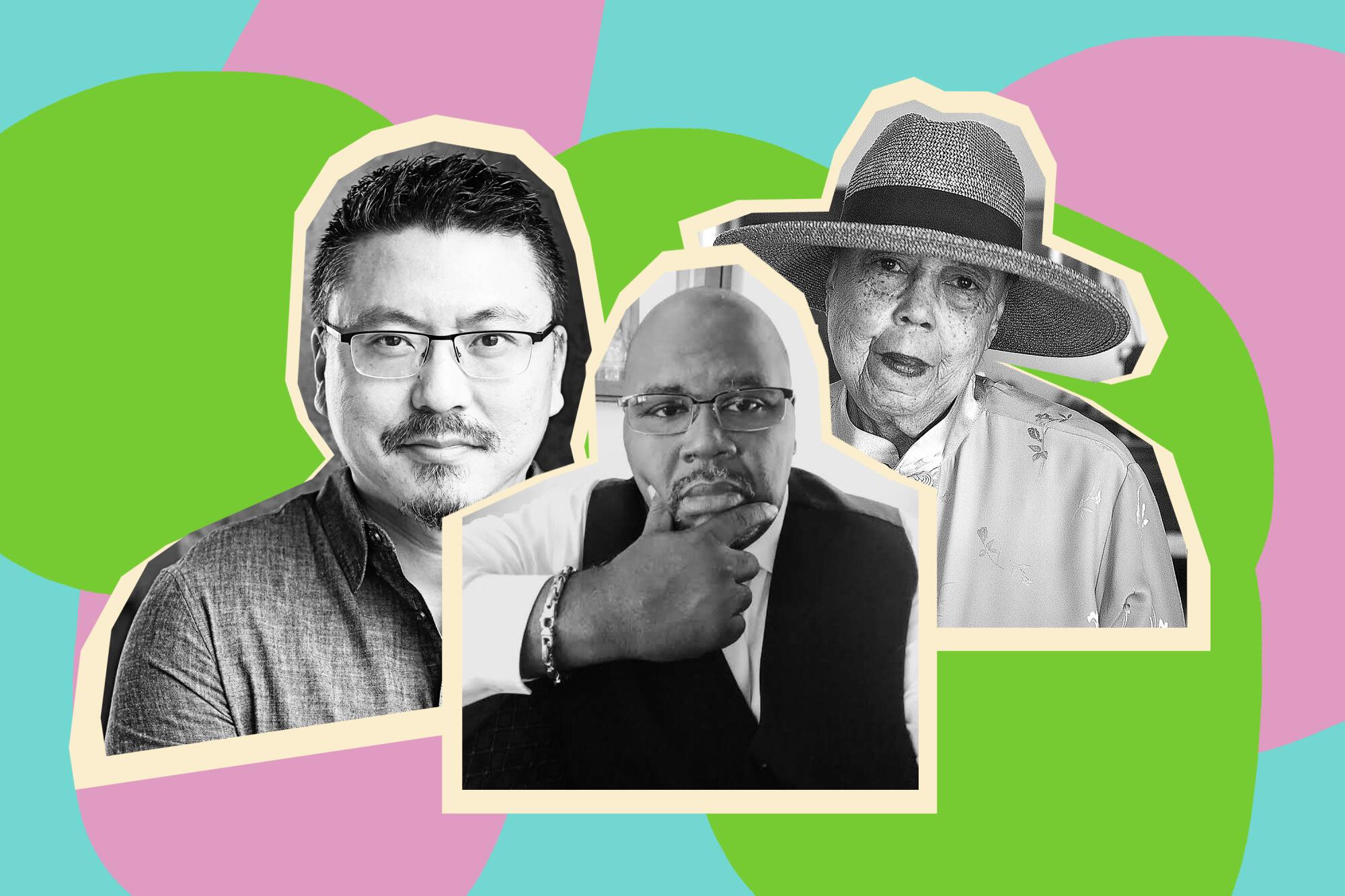
- Share via
Amid the ongoing COVID-19 threats and racial reckoning that have marked 2021, reading crime (fiction and nonfiction) has provided both some much-needed escapism and, in the proliferation of diverse new voices and urgent themes, a bracing tonic — a harbinger of hoped-for change.
What more is there to say about the year in crime writing? A lot, if you ask the critics who keep a close eye on its multitude of genres. Below are the edited results of a rolling email correspondence with several of them: Steph Cha, author of “Your House Will Pay” and series editor of “The Best American Mystery and Suspense”; Oline Cogdill, mystery reviewer for the Sun-Sentinel and other outlets; Maureen Corrigan, book critic for NPR’s “Fresh Air”; CrimeReads Senior Editor Molly Odintz; and Sarah Weinman, author and crime fiction columnist for the New York Times Book Review.
We asked four critics to name their five favorite books of the year. None of them overlapped. Here are their 20 candidates for best of the year
How would you characterize this year in crime?
Cogdill: The genre continues to expand, reenergize and elevate itself. The stories continue to take us to new levels, showing deeper plots and characters.
Corrigan: I felt as though almost every mystery and suspense novel I picked up this year featured an “anxiety of appropriation” plot. Ever since Edgar Allan Poe wrote “The Purloined Letter” in 1844, the theft of a manuscript has been a standard plot, but this year, it packed more of a political charge, often revolving around a less powerful person reclaiming ownership of what was originally theirs through elaborately plotted acts of revenge.
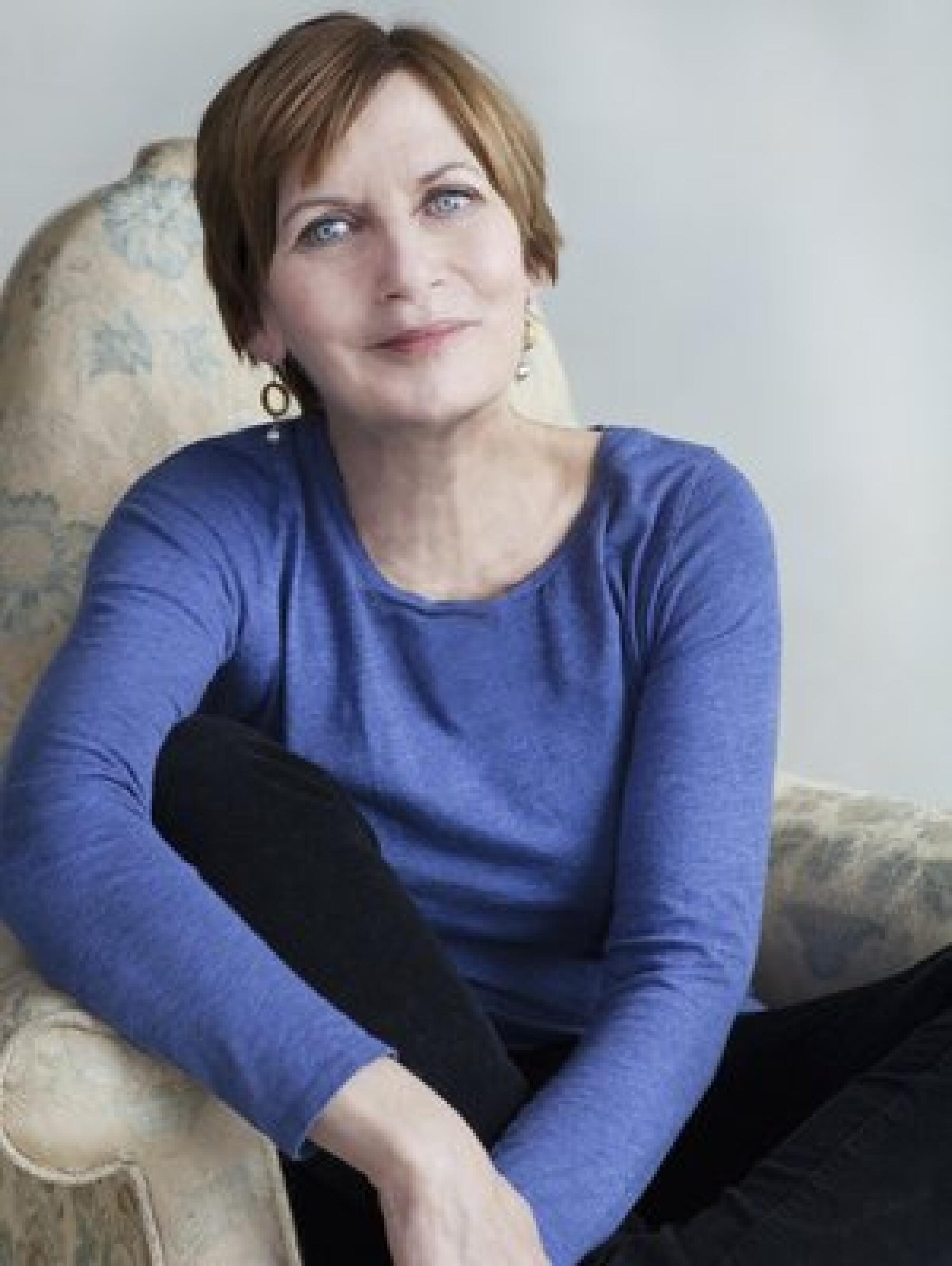
That reminds me of a line from “Medea” that Alison Gaylin used as an epigram for her thriller “The Collective”: “Hate is a bottomless cup; I will pour and pour.” Why do you think revenge-motivated fiction is increasingly popular?
Weinman: We all feel rage, particularly over the last five or so years, so it has to be channeled somewhere. We will certainly see more revenge thrillers in the near future.
Cha: We are helpless in so many ways, and revenge thrillers provide a fantasy of retribution and brutal justice that is miles beyond anything we might hope to see in real life.
What debuts made an impression this year?
Cogdill: Mia P. Manansala folded in a lively mixture of Filipino culture, food and family bonds in “Arsenic and Adobo.” Catherine Dang in “Nice Girls” and Amanda Jayatissa with “My Sweet Girl” brought a youthful angst while exploring their cultural backgrounds. Questions of identity have long been a mainstay of mysteries, and Alexandra Andrews with “Who Is Maud Dixon?” and Abigail Dean with “Girl A” brought a fresh perspective.
I’m also encouraged to see established writers continue to grow and evolve. Naomi Hirahara’s historical mystery, “Clark and Division,” was a real departure from her other mystery series.
Corrigan: I think it was gutsy of Lisa Scottoline to publish historical fiction this year. As she’s said in interviews, she’s wanted to write in that genre for decades. I enjoyed “Eternal” (set in fascist Italy), and I admired the fact that Scottoline hasn’t let her enormous success box her in.
Cha: I know he’s best known for his pedigreed literary fiction, but Colson Whitehead has been working with crime elements since “The Intuitionist,” and “Harlem Shuffle” is an absolute delight that embraces the genre. And there’s a sequel coming — a first for Whitehead.
Cogdill: Megan Abbott continues to produce provocative novels that show us the dark side of female ambition, competition and anxiety with her latest, “The Turnout.” Michael Connelly, who delivered a generational shift when he introduced Renée Ballard with “The Late Show” in 2017, has taken it to a new level in “The Dark Hours.”
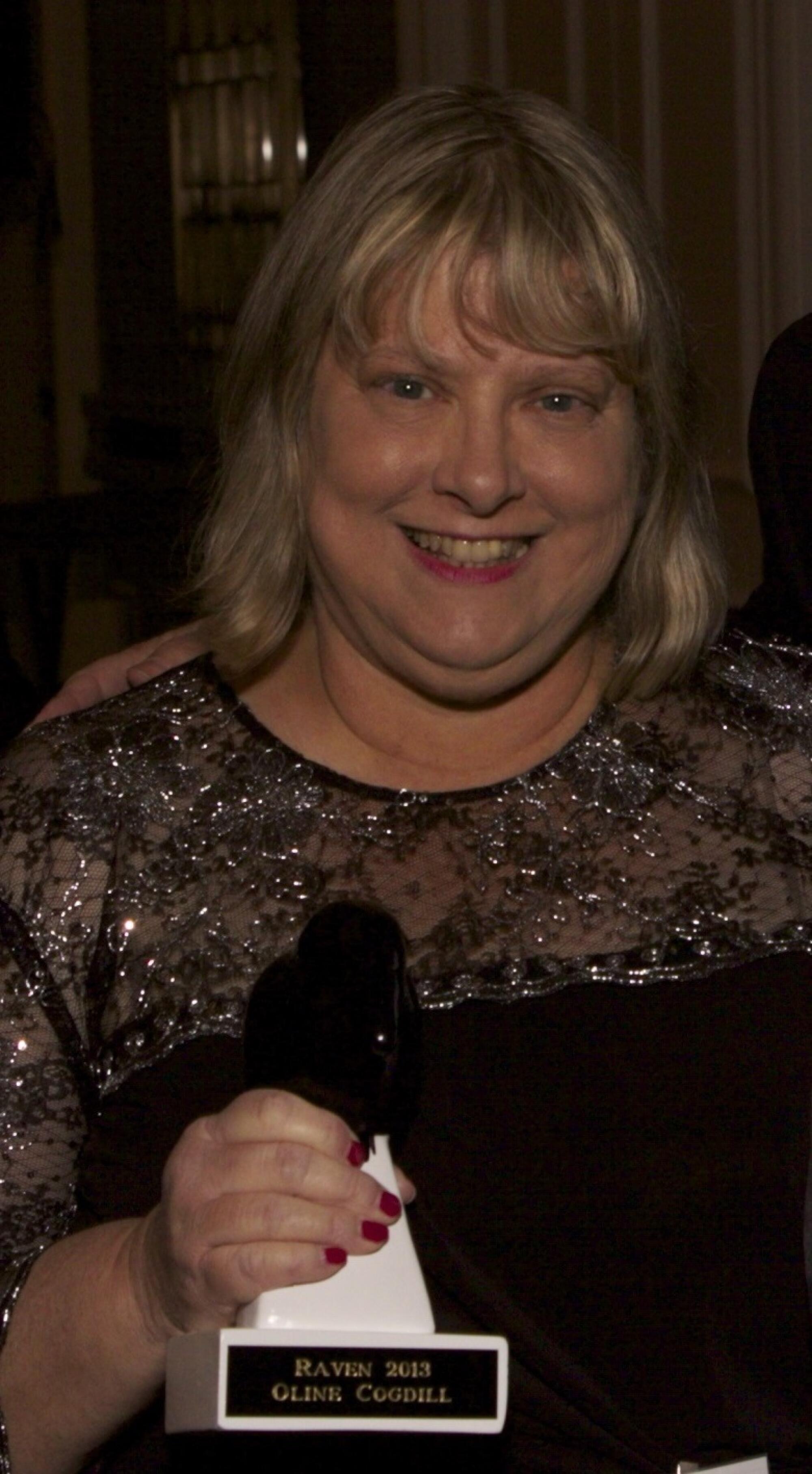
Speaking of Connelly, as we reassess the role of policing in our society, how have police procedurals fared this year?
Cogdill: Connelly has consistently and unflinchingly shown the good and the bad cops. This is especially true in “The Dark Hours,” in which Connelly, without taking sides, shows how racial justice protests, the Jan. 6 insurrection and the pandemic have affected the LAPD’s officers, decimated morale and caused some to question their career choices.
Weinman: I admit to being discomfited by the procedural. But I also don’t want to make any definitive conclusion about this subgenre for at least another two to three years, when writers have had the time to really grapple with the last few years.
I was encouraged to see more crime fiction by queer authors.
Odintz: I loved so many, including: Robyn Gigl’s “By Way of Sorrow”; Michael Nava’s “Lies With Man”; Cheryl Head’s “Warn Me When It’s Time”; and Amanda Kabak’s “Upended.” Timothy Schaffert’s “The Perfume Thief” entranced me.
Corrigan: I’m thrilled to see the resurgence of LGBTQ+ crime fiction. There was so much energy in the 1980s and 1990s around queer crime writers like Nava, Liza Cody, Katherine V. Forrest, Joseph Hansen and J.M. Redmann, to name a few. Then something changed, making it harder for both LGBTQ+ writers and writers of color to keep going. A friend and colleague of mine insists that the demise of independent mystery bookstores had a lot to do with the ebbing of diversity in crime fiction. These days, podcasts and online crime fiction sites are helping readers discover writers whose profiles don’t fit “just the usual suspects.”
Odintz: I thought Caitlin Wahrer’s “The Damage” was really great ally fiction, as was S.A. Cosby’s “Razorblade Tears.” Like Cosby’s book, “The Damage” used its platform to explore the effects of toxic masculinity on straight cis male characters, which used to just go as an unquestioned norm of crime protagonist behavior. That’s a huge improvement.
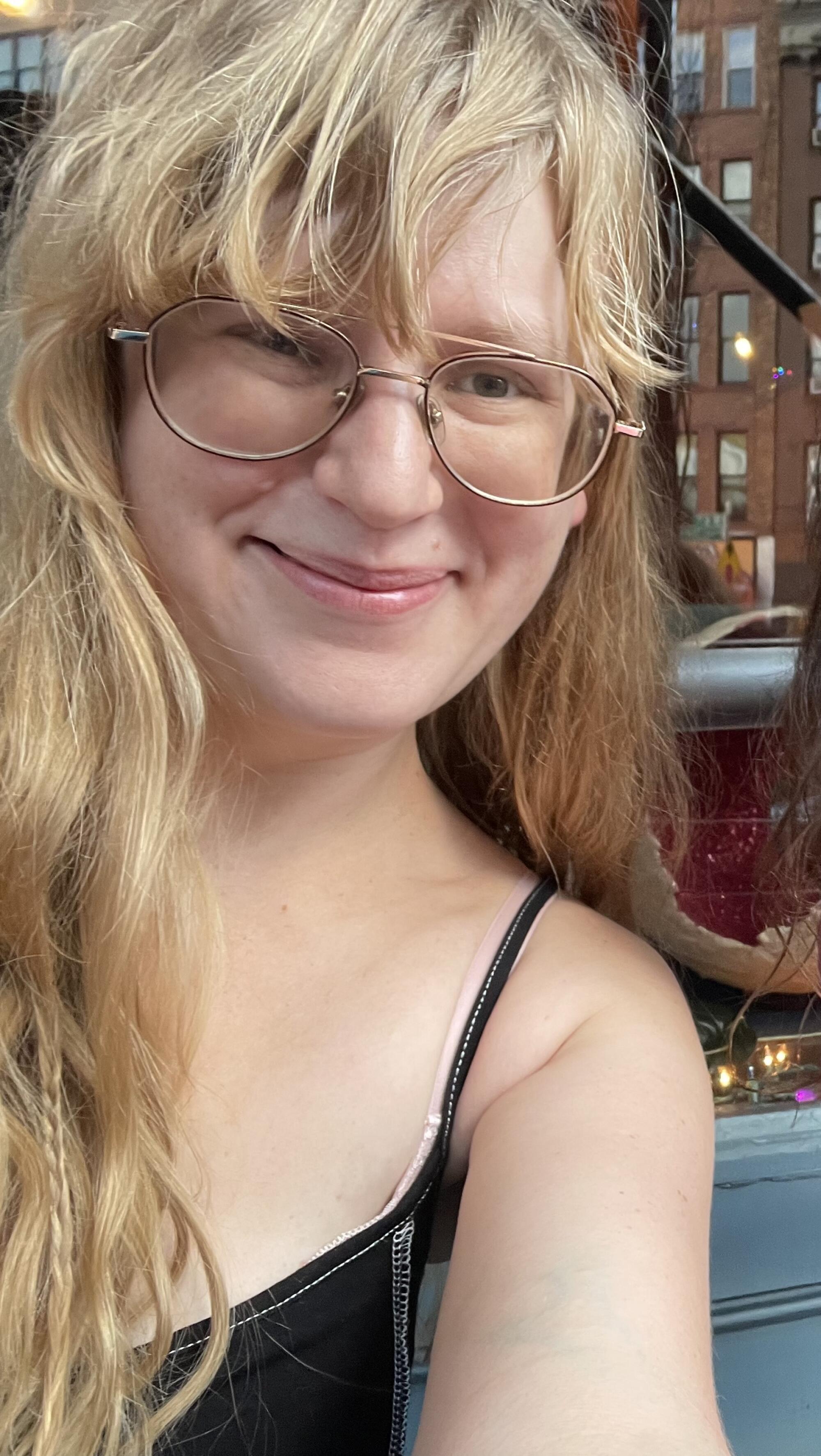
But I’ve also noticed what seems like a preponderance of gay men securing publishing contracts over lesbian and other queer authors.
Cogdill: I hope this may be turning in terms of mainstream publishers. Edgar finalist Kathleen Kent’s trilogy about Dallas Detective Sgt. Betty Rhyzyk and her wife, Jackie, just wrapped up this year with “The Pledge.” Next year, I’ll be watching for Dawn Winter’s “Sedating Elaine,” Katharine Schellman’s series debut, “Last Call at the Nightingale,” along with books by some smaller imprints.
Odintz: I agree, there are a lot of small presses that are doing better when it comes to publishing a diverse array of queer voices. However, it’s not only up to the publishers; it’s also up to the readers to read, request and recommend as many works by underrepresented queer authors as possible.
I am thrilled to read crime fiction by more writers of color than ever. Were there any that stood out for you this year?
Cha: I agree. I already mentioned Whitehead, but I was also really impressed by Silvia Moreno-Garcia‘s “Velvet Was the Night,” James Han Mattson’s “Reprieve” and Cosby’s “Razorblade Tears.” We’re dealing with an industry that has been dominated by white voices for centuries, so every writer of color is recovering ground. We’re still in an era of firsts and onlies, where, for example, Cosby is treading new territory by writing rural Southern noir about Black people.
Corrigan: I think Cosby’s novels are standouts. They summon up the noir predicament of being fated to a certain “no exit” destiny; given that he’s writing about characters of color, that familiar noir predicament is recharged with contemporary commentary.
Weinman: But the key point is staying power. If they sell, we will get more. I don’t want what happened in the 1990s to happen again. Then, Black writers were published in greater numbers than ever before but weren’t given much chance to find an audience and thus were dropped by their publishers. Readers lost out when writers like Charlotte Carter, Penny Mickelbury and Valerie Wilson Wesley didn’t get the support they deserved. It’s heartening to see many of these writers reemerge (I love the reissues of Charlotte Carter’s Nanette Hayes novels dearly) but even more so to see an ecosystem that recognizes more of these voices and nurtures them.
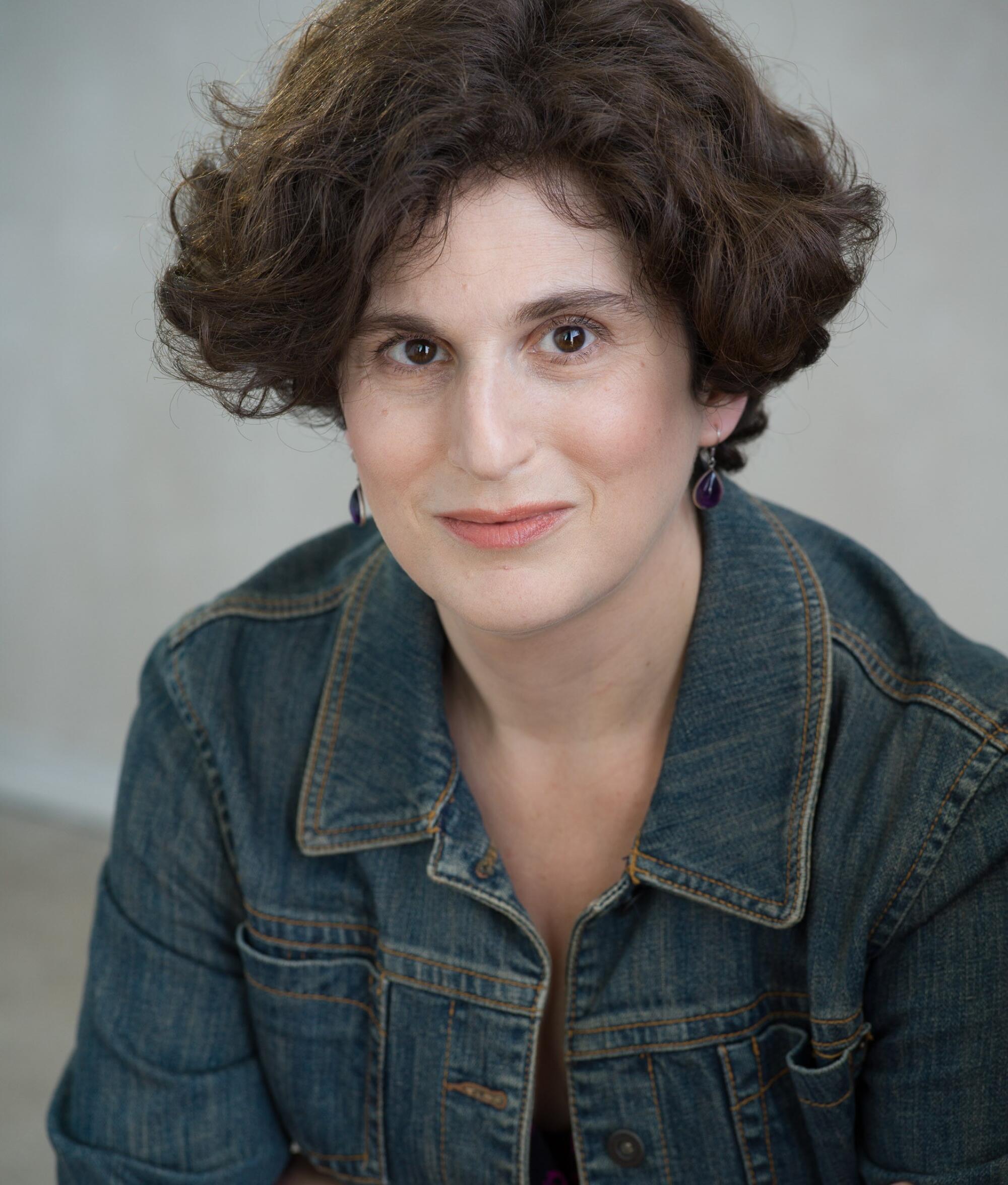
True crime seems to be more popular than ever. Why do you think it has secured a growing place in readers’ (and publishers’) imaginations?
Weinman: I’ve always said true crime is a perennially popular genre dating back at least three centuries. People love to read about the worst of humanity. What is different now, of course, is a greater preponderance of stories that center on those who were harmed and murdered, giving them three-dimensional portraits and contextualizing the crimes as part of broken systems and subcultures. Elon Green’s “Last Call” does this exceptionally well.
Odintz: I like to think of true crime as military history for women and any group disproportionately affected by violence.
Domestic suspense is a growing subgenre, too, though the term itself is a bit polarizing.
Odintz: I’ve been enjoying how domestic suspense has sparked a revival of gothic fiction — a natural progression, given that both often include a woman in danger in a large, mysterious house. Much of domestic suspense has been more of the suburban psychological thriller variety, but we all love to read about horrible things happening in sumptuous settings, and I (and many others) have noticed a trend toward richer protagonists. Ooh, and smart houses. Lots and lots of smart homes showing up lately.
Weinman: Here’s where I would like to chime in and beat a particular drum: “Domestic suspense,” as I used it in my 2013 anthology, was specifically meant to classify crime novels and short stories by women written between the early 1940s and the mid-1970s. Mary Higgins Clark‘s “Where Are the Children?” (1975) marked the end of “domestic suspense” and the beginning of contemporary psychological suspense, culminating in Gillian Flynn’s “Gone Girl” (2012) and A.S.A. Harrison’s “The Silent Wife” (2013). We’ve been in the post-“Gone Girl” phase ever since, and I think now it’s time for some other descriptor.
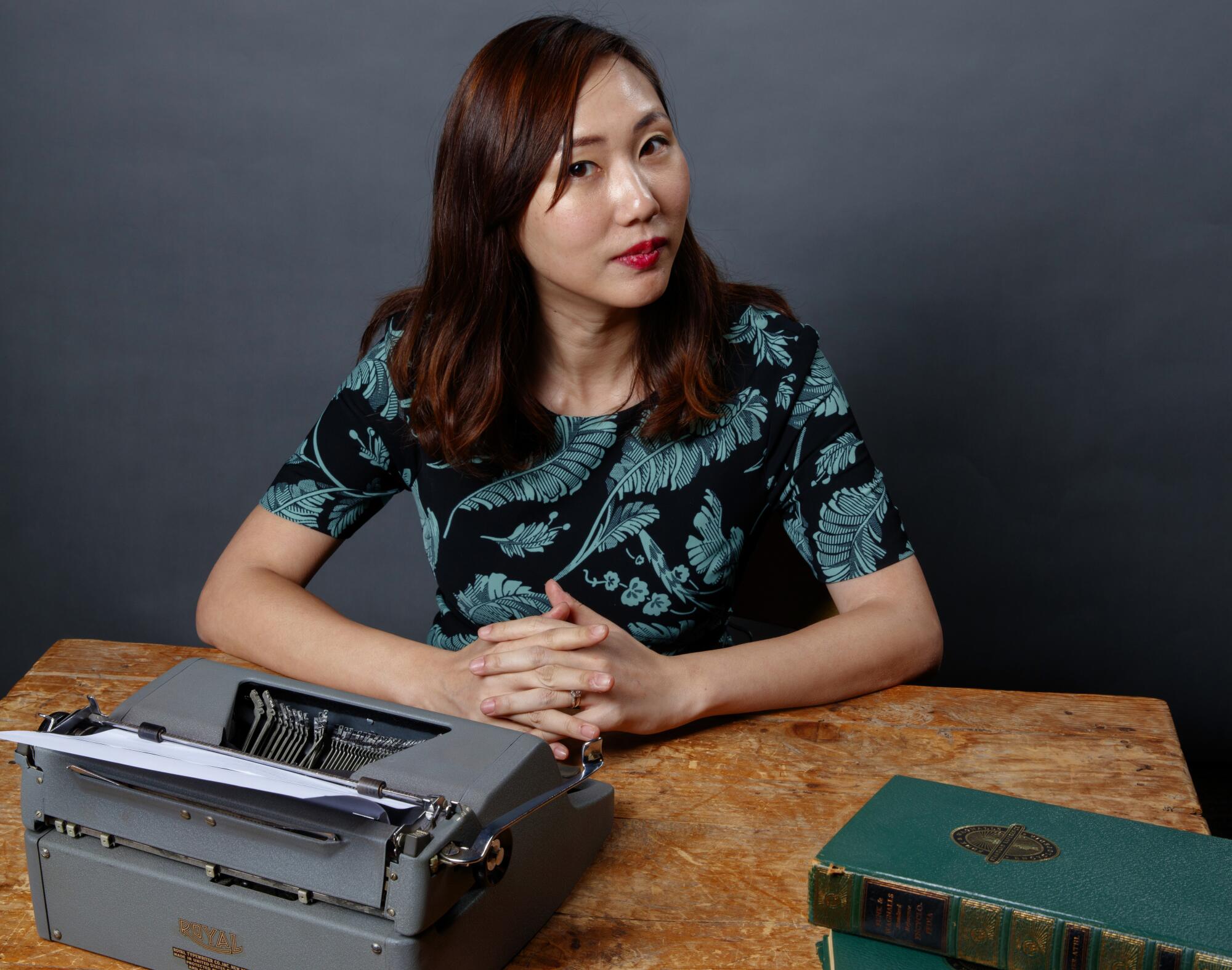
One of the trends I’ve also enjoyed is the growth of crime fiction that intersects with horror or other genres. “Reprieve,” Laura Lippman’s “Dream Girl” and Zakiya Dalila Harris’ “The Other Black Girl” come to mind.
Corrigan: I think the splicing of crime fiction and horror is part of a current trend of “literary intersectionality” that’s affecting all genres. Think of Kazuo Ishiguro’s latest novel, “Klara and the Sun,” which invokes sci-fi, dystopian fiction and “straight” literary fiction. Then there‘s Nghi Vo’s inventive “The Chosen and the Beautiful,” a reimagining of “The Great Gatsby” — heavy on fantasy — narrated by a Jordan Baker who’s queer and Asian.
Odintz: This was the year I discovered I was into horror! Psychological thrillers are the perfect gateway drug into further nightmares of the mind. Crime readers have long had an appetite for psychological thrillers and gothic fiction, which are both steeped in horror tropes, and a serial killer novel is absolutely both crime fiction and horror. Some types of crime novels become less problematic considered as horror. A home invasion story portrayed as ordinary and/or plausible is always annoying, but someone’s nightmare of a home invasion story with, like, clowns is much less annoying.
There are also a lot of experiences — in particular, women’s bodily experiences, and the gaslighting and physical harm society inflicts on marginalized people — that can be best represented by horror. Statements of fact or realistic fiction are often not enough to do justice to emotional truths, even in something as dark as crime fiction. And there are also some traditions — I’m thinking of Latinx and Native American fiction — that have a long history of incorporating horror and fantastical elements into crime stories. Plus, you can’t discount the influence of “Midsommar” and “Get Out” in marketing [comparisons] alone.
Cogdill: This is another way the genre continues to expand.
Woods is a book critic, editor and author of the “Charlotte Justice” series of crime novels.
More to Read
Sign up for our Book Club newsletter
Get the latest news, events and more from the Los Angeles Times Book Club, and help us get L.A. reading and talking.
You may occasionally receive promotional content from the Los Angeles Times.
